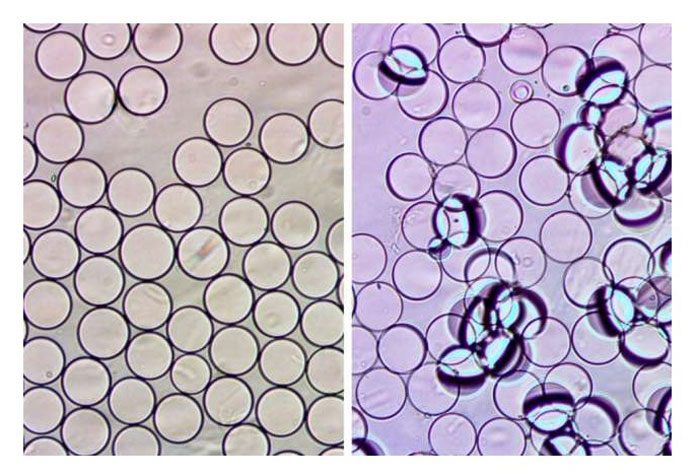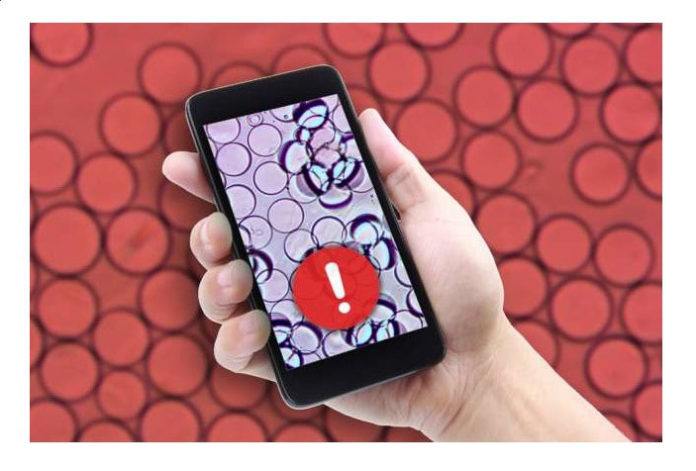Foodborne bacteria can cause all sorts of problems. “Food poisoning” can foster mild to severe stomach discomfort, major gastrointestinal distress. So, food testing is important in order to know what types of nutrients and minerals are located in the various foods that you eat. It’s not just food that can harbor these bacteria but also food handling and preparation areas as well.
Recently, MIT scientists developed a novel type of liquid droplet technique to bind bacterial proteins. As scientists reported, this technique could offer a much faster and cheaper alternative to existing food testing.
Almost before two years ago, scientists had developed a droplet called Janus emulsions that consisting two equally sized hemispheres. One of them is made from fluorocarbon whereas other made of a hydrocarbon.
Instead of wasting time, scientists decided to use these droplets as sensors due to their decent optical properties. The Janus droplets in their natural state are transparent when viewed from above. But when they viewed from another side, they appear opaque. It happens because of the way that light bends as it travels through the droplets.
To use the droplets as sensors, researchers designed a surfactants molecule which can bind to a protein called lectin. It is found on the surface of some strains of E. coli that can be particularly dangerous.
When E. coli is present, the droplets attach to the proteins and become clumped together. This knocks the particles off balance, so that light hitting them scatters in many directions, and the droplets become opaque when viewed from above.
Timothy Swager, the John D. MacArthur Professor of Chemistry at MIT said, “We’re using the native molecular recognition that these pathogens use. They recognize each other with these weak carbohydrate-lectin binding schemes. We took advantage of the droplets’ multivalency to increase the binding affinity, and this is something that is very different than what other sensors are using.”

For testing, scientists placed the droplets in petri dish atop a QR code that can be scanned with a smartphone. They found that, if it detects E.Coli, the droplets clump together and the QR code can’t be read.
Chad Mirkin, a professor of chemistry at Northwestern University said, “The particles are elegantly simple but rely on clever new approaches to making and manipulating emulsions. This proof-of-concept demonstration in detecting foodborne pathogens is compelling, as they constitute a major class of analytes that defines an unmet need in the biosensor community.”
Qizan Zhang, an MIT graduate student said, “The great advantage of our device is you don’t need specialized instruments and technical training in order to do this. It can enable people from the factory, before shipping the food, to scan and test it to make sure it’s safe.”
